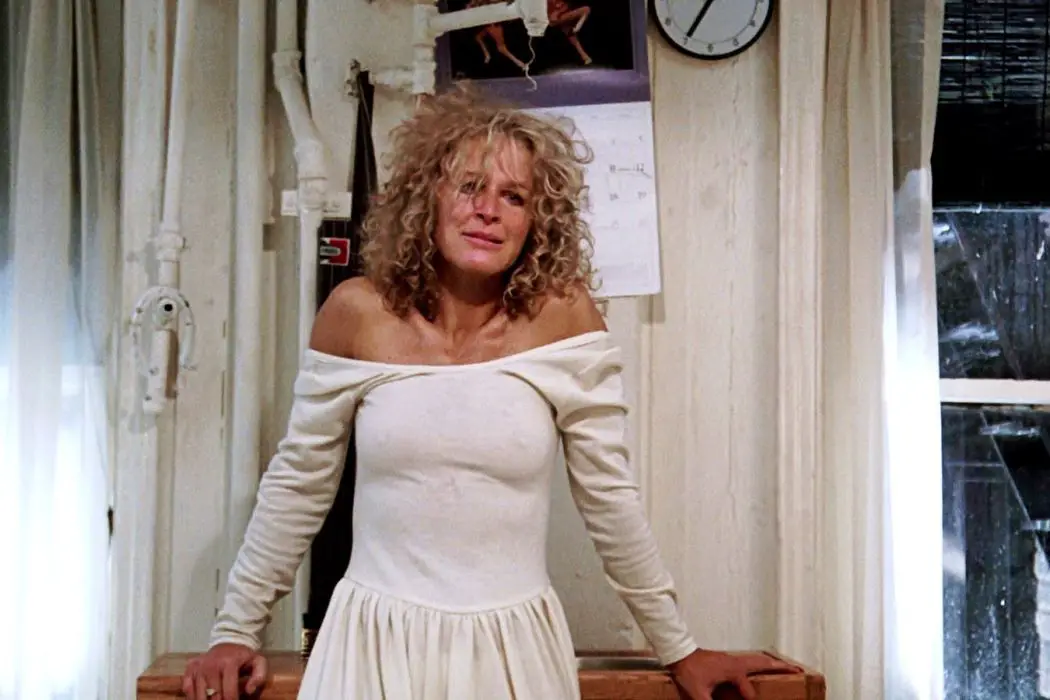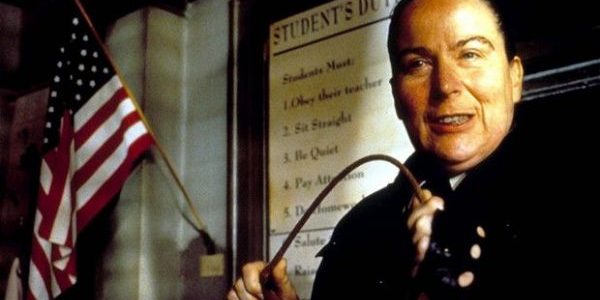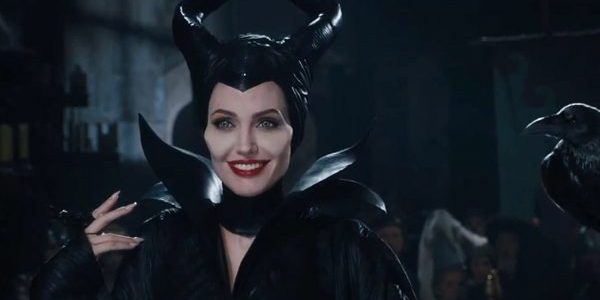The Strange Villainess: How Hollywood Uses Traditional Feminine Norms Against Women

Tara Martinez is a New York-based writer with a passion…
Every good story has a great villain. And when that villain is female, we tend to open our eyes and prick up our ears just a little more quickly. Strong villainesses are often presented to us as characters we should fear, especially if she’s a fierce defender of her place in the world as a woman.
Think of femme fatales like Barbara Stanwyck’s Phyllis Dietrichson in Double Indemnity or Glenn Close’s Alex Forrest in Fatal Attraction. Each is the living, breathing definition of what Hollywood might call an “acceptable” female villain: they are attractive, comfortable in expressing sexuality, and ultimately appealing to men. And as a result, they are dangerous.
But what happens when a villainess is not the kind of woman we expect? What happens when she is classified as ‘other’ or as something society – or more specifically, men – simply can’t categorize or understand?
Recall the last villainess you saw on screen. Did her power come at the price of her own womanhood? Was she an unpleasant outcast in a world brimmed with nice, agreeable women? I’d bet your answer to either of these questions might be yes.
Same Stories, Same Patterns
Throughout film history, the danger of the villainess has often been understood by audiences in terms of her inability to conform to Hollywood’s expectations of womanhood and femininity. In many cases, these villains are gritty and tough, lacking the emotional and physical softness of their more traditionally feminine counterparts.
An excellent example of this kind of villain is Miss Trunchbull in Matilda (1996). She’s large, surly, and angry at the world. And for this, audiences revile her. In comparison to her niece Miss Honey, Miss Trunchbull doesn’t possess anything that might make her a sympathetic (code for feminine) female character. She isn’t sweet; she isn’t kind; and she certainly doesn’t have any inclination to nurture the children in her charge. Her name alone invokes a feeling of discomfort and fear. And without any rhyme or reason, Miss Trunchbull wreaks havoc on the world around her and has her eyes set on eliminating any hint of love or compassion in her way.

In 2014’s Maleficent, we see the same patterns. But the reasoning behind our villainess’ anger and lack of feeling is clearly laid out for us. Having put her trust in a man, Maleficent is taken advantage of and stripped of the only thing that gives her strength and power: her wings. This violation is enough to send Maleficent into a rage that robs her of her natural ability to love.
Throughout the film we see her rejecting any person or instance that might encourage her to reclaim this ability. And she’s hated by her own kind for it. It’s only when she’s able to find a maternal place in her heart for 16-year-old Aurora that she’s brought back to life, so to speak.
An Old School Trope
The demonizing of non-traditional, non-maternal, non-feminine women is not new. In American cinema, we can trail it as far back as 1936’s Dracula’s Daughter in which the main character, Countess Marya Zaleska, finds herself in a desperate search for womanhood and femininity.
Stricken by vampiric urges that drive her to prey on young women, Marya enlists the help of Dr. Garth to restore her “true” nature. She wants to return to the land of the living, where the dark influence of her father Dracula no longer has a hold on her and she can be free to live as any woman in her society would.

While Marya is technically the protagonist of the film, she exists in her world as a villain to the people around her, particularly the other woman in Dr. Garth’s life Janet. Like Miss Honey in Matilda and Aurora in Maleficent, Janet serves as a direct contrast to the strange otherness presented by Countess Zaleska.
Janet is a beautiful waif of a woman who is highly social yet vain, jealous, and always after the attention of Mr. Garth. Countess Zaleska, on the other hand, is a lone wolf whose vampiric affliction leaves her no time or care for vanity. Dr. Garth even comments that Marya’s flat is “the first woman’s flat I’ve been in that didn’t have at least 20 mirrors in it.” It’s a simple statement, but one that ultimately emphasizes Countess Zaleska’s nonconformity to traditional feminine norms.
The Collision of Cinema and Society
Beyond the realm of cinema itself, Hollywood seems to be using characters like Miss Trunchbull, Maleficent, and Countess Zaleska to push forth the idea that, in order to be a true woman, one must subscribe to a particular set of rules or ways of being. Women should be good-natured, nurturing, appealing to men, and docile. But none of the above characters is any of these things.

On a grander scale, the idea that every woman needs to possess each of these traits simultaneously is one that society has adopted and enforced. We understand this to be true whenever a woman is chastised for not wanting to have children or publicly ridiculed for possessing any hint of “masculinity” – whether that be in mindset or physicality. We also understand this to be true whenever a woman is too assertive. Take Hillary Clinton, for example.
Even as a strong, intelligent woman like Hillary Clinton has campaigned for presidency, we’ve seen evidence that society as a whole has taken Hollywood’s expectations of women to extremes. How often hasn’t the media villainized Clinton for her lack of feeling, enthusiasm, or niceness? And wasn’t she labeled a “nasty woman” by Donald Trump for not subscribing to his idea of what a woman should be?
Conclusion
The point is that society is largely influenced by the messages our media feeds to us. And when Hollywood villainizes women who don’t meet a man-made standard of beauty, sexuality, gender expression, or feeling, the results can be both damaging and disheartening.
While Hollywood has been doing a better job of positively representing a fuller spectrum of womanhood and femininity, there’s still lots of work to be done. Could putting more women behind the camera change the way we view and understand the villainess? Perhaps.
Why does Hollywood villainize non-traditional women? And what does it say about our society that we often subscribe to these negative messages about femininity?
Does content like this matter to you?
Become a Member and support film journalism. Unlock access to all of Film Inquiry`s great articles. Join a community of like-minded readers who are passionate about cinema - get access to our private members Network, give back to independent filmmakers, and more.
Tara Martinez is a New York-based writer with a passion for pop culture and a penchant for analysis. She frequently covers film, television, and representations of women in the media.













